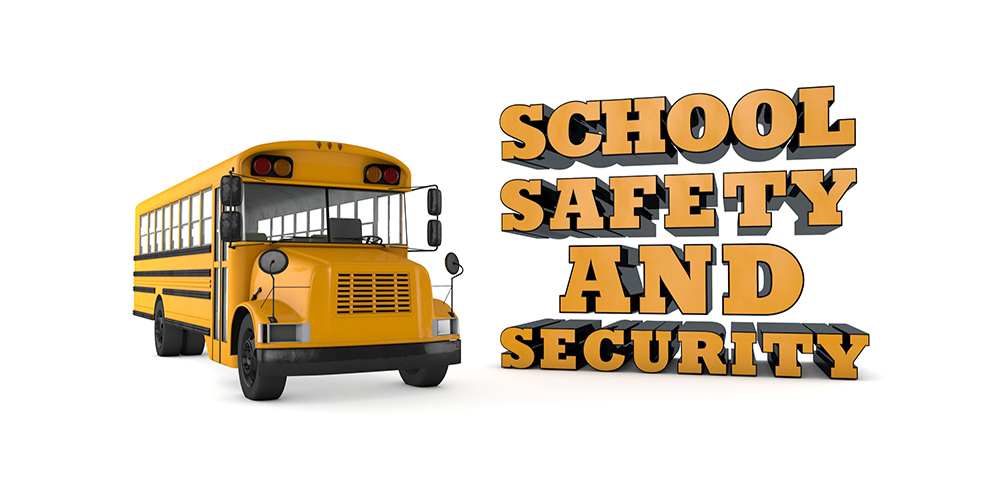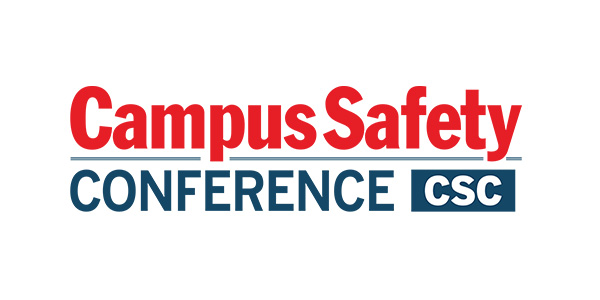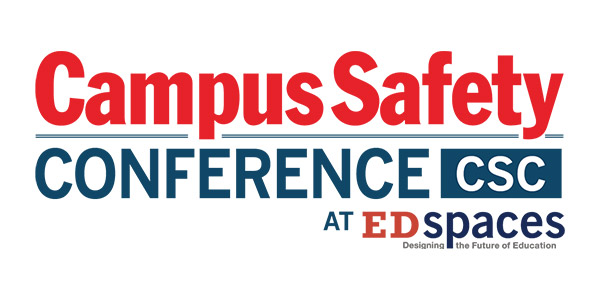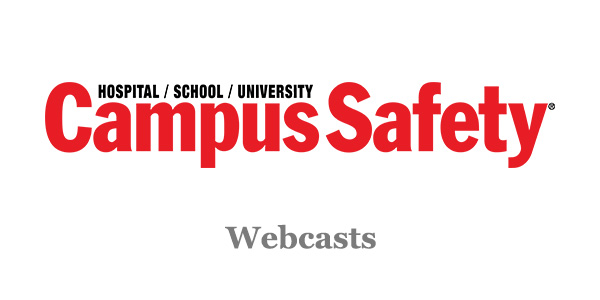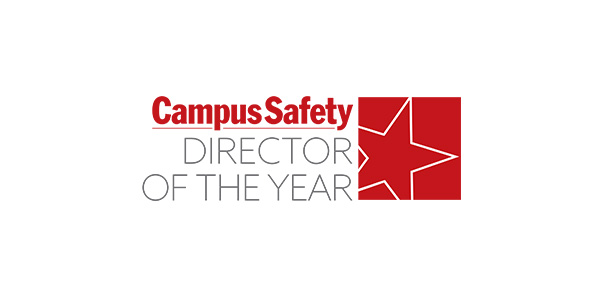This article is regularly updated to include new information and resources.
While statistically rare, all K-12 campuses must prepare for the potential of a school shooting. No matter the type of shooting, whether random, targeted, or the result of a dispute, knowing where to start can be overwhelming, and leading practices and requirements are constantly changing.
To aid K-12 leaders in their safety planning, this article covers many of the recommended practices that schools should adopt to prevent, mitigate, respond to, and recover from active shooter attacks as well as other campus security incidents. It also provides helpful resources for each phase of a safety incident.
No school security program is infallible, and there are things in our communities, as well as state and federal laws, that schools can’t control. The following practices, however, should decrease your school’s chances of a foreseeable tragedy happening on campus, including a school shooting. They should also mitigate the impact on your campus community should an incident occur.
Improved School Access Control
Access control is arguably the most important aspect of school safety. If possible, schools should have a secure vestibule that funnels all visitors through one entrance.
When bolstering access control, also ensure first responders, such as law enforcement and fire, are still able to access campus during a lockdown. Do they have keys, access cards, or some other way they can quickly enter a classroom, office, or any area on campus experiencing a security or safety issue? This will help them more effectively respond to situations, such as a barricaded suspect, fire, etc.
Here are some articles that offer tips for improving access control in schools:
- Helpful Access Control and Lockdown Hints from Security Pros
- 8 Ways to Improve School Entrance Security
- 2024 Access Control & Lockdown Deep Dive
Now let’s break down the different categories of school access control.
Visitor Management in Schools
Installing a visitor management system that screens guests is also recommended. These systems both help flag people who shouldn’t be there and also help schools keep track of who is in the building should an emergency occur.
Here are some resources for implementing visitor management systems:
- Guarding the Front Door: Smart School Visitor Management Strategies
- 15 Considerations When Buying an Electronic Visitor Management System
- Managing School, University and Hospital Visitors
- Campus Security Begins at the Perimeter
Install Locks on All Classroom Doors
It is recommended that schools install locks on all classroom doors that lock from the inside. Be sure to follow all applicable codes and laws, such as the Americans with Disabilities Act (ADA), National Fire Protection Association (NFPA) codes, etc.
Here are some locking lessons learned from the Robb Elementary School mass shooting.
Window Security Film on School Windows
Consider installing window security film in appropriate areas, being careful not to hinder building evacuation during emergencies.
Each year, Campus Safety asks our readers about various campus security technologies they use, including glass window and door security. Here are our latest findings:
Metal Detectors in School
School shootings are commonly carried out by people who are supposed to be in the building. While an often hot-button topic, metal detectors have prevented guns and other weapons from entering K-12 campuses. Consider randomly using weapon detection technology during school hours.
Here are several resources on metal/weapons detection:
- 2024 Weapons, Metal and Gunshot Detection Deep Dive
- 18 Tips for Using Metal Detectors Effectively
- 7 Signs a Weapon Is Being Concealed
- 12 Tips for Cracking Down on Weapons Assaults
Other School Security Technologies: Panic Alarms, Emergency Notification, Security Cameras
While access control is a school’s first line of defense against intruders, there are other security technologies that should be implemented.
Adopting panic alarms and buttons allow teachers and other staff members to call for help when there is an emergency, mitigating or even preventing damage. View Campus Safety’s latest Panic Alarm and Mobile Duress System/App survey to see how other campuses are implementing these technologies.
Be sure to install and/or update existing emergency communication and emergency notification equipment. Here is a recent emergency communication deep dive:
Deploy security cameras that campus police and/or local law enforcement can tap into during an incident. The evidence provided by video surveillance systems is also extremely useful during investigations into incidents. Here is a recent video surveillance deep dive:
Adopting anonymous tip phone lines and text messaging services is also critical. It has been proven time and time again that these systems save lives. Here are some examples:
- See Something Say Something: Tips Thwarted 6 School Shooting Plots This Month
- 12 Times ‘See Something, Say Something’ Saved Lives
It is also important to develop and maintain relationships with students, faculty, staff, clinicians, nurses, and others in the community so they feel comfortable reporting concerning behavior of others.
Staff and Student School Shooting Training
While security technology has significantly enhanced school safety, it is completely moot if staff aren’t properly trained on how to use the systems or students and staff aren’t shown how to respond during an emergency.
Here are some related recommendations:
- Train students, faculty, staff, and clinicians how to properly identify and respond to active shooters and other campus emergencies.
- Regularly conduct appropriate but not traumatic drills and exercises that address a wide variety of hazards and incidents, not just active shooters.
- Create a multi-disciplinary threat assessment and threat management team.
- Here are useful resources related to threat management and assessments:
- Using Situational Awareness to Identify Pre-Attack Indicators
- Social Media Monitoring: Beneficial or Big Brother
- Countering Potential Campus Threats with Social Media Monitoring
- Enhancing Campus Safety with a Threat Assessment Program
- School Threat Assessments: Avoid These 3 Mistakes When Developing Your Process
- Adjusting Your Student Supervision Practices to Address New Threats
- Reading Between the Lines: Recognizing Insider References to School Shooters
- 6 Reasons Why the New Title IX Rules Make K-12 Threat Assessment Teams a Must-Have
- FERPA and HIPAA: When Can You Share Student Education and Health Records
- Conducting School Threat Assessments: 4 Tips from a Psychologist
- Here are useful resources related to threat management and assessments:
- Train faculty, staff, administrators, and public safety officers on verbal de-escalation techniques.
Addressing Staff and Student Mental Health
Threat assessment is critical to violence prevention. Students or staff who commit violence often exhibit concerning behavior. Investing in mental health resources and systems that help schools track potentially concerning behavior can mitigate potential violence.
Here are some resources for supporting student and staff mental health:
- Providing Multi-Tiered Mental Health Support After a School Tragedy
- Signs a Student May Be Struggling with Their Mental Health and How to Help
- Student and Teacher Mental Health: Is It Just Stress or Something More?
- Behavioral Health Director Speaks to the State of Mental Health in K-12 Schools
- Leveraging Data to Reveal Student Mental Health Trends
- Taking a Community-Based Approach to Campus Mental Health
- Compassion Fatigue: Your Job Is to Help Others, but Who Is Helping You?
Lessons Learned from School Shootings
While preventing violence is the main goal, it is impossible to prevent all incidents. That is why it is crucial that we study incidents of school violence to learn everything we can on ways to prevent or mitigate similar incidents in the future.
Here are some article links to lessons learned from school shootings:
- 10 Key Findings from the U.S. Secret Service’s Targeted Violence Report
- Highlights from the Final Report of the Federal Commission on School Safety
- Stoneman Douglas Safety Commission Releases 407-Page Report
- Arapaho Shooting Report Highlights Flaws in District’s Threat Assessment Process
- 7 Lessons Learned from the Sandy hook School Shooting
- 12 Lessons to Remember From Active Shooter Attacks
- Newtown Panel Recommends Significant School Security Changes
Additional School Safety Best Practices
Some additional school safety best practices are as follows:
- Hire a qualified and experienced security contractor/systems integrator that understands and follows all codes and regulations to install all security, public safety, and life safety systems and equipment.
- Partner with local first responders so they can effectively and quickly respond to a campus emergency. This should happen long before an incident happens.
- Hire school resource officers (SROs) or campus police officers, provide them with appropriate training.
- Adopt Crime Prevention Through Environmental Design (CPTED)
- Conduct background checks on all teachers, staff, volunteers, and vendors.
- Have on staff enough school psychologists, social workers, and counselors so individuals exhibiting concerning behavior get the help they need before they resort to violence against themselves, against others, or both.
- Develop emergency plans and keep them current.
- Have the ability to effectively and quickly reunite students with their parents or legal guardians.
- After an incident, provide long-term mental health services to students, staff members, and faculty.
Here are some resources that support these best practices:
- A Building Risk Assessment Checklist From the NFPA
- 20 Active Shooter and Active Killer Prevention Strategies
- 11 Factors to Consider When Selecting Security Technology for Your Campus
- Choosing the Right Integrator for Your Next Campus Security Project
- Report: 10 Essential Actions to Improve School Safety
- 4 Security Basics Your K-12 Campus Should Implement Now
- 5 Layers of School Security
This list is in no way complete or perfect. Like all of you, we at Campus Safety are constantly looking for new and better ways to make campuses safer. That said, it’s a good start for novices to campus security. It also serves as an important reminder to school security veterans.

